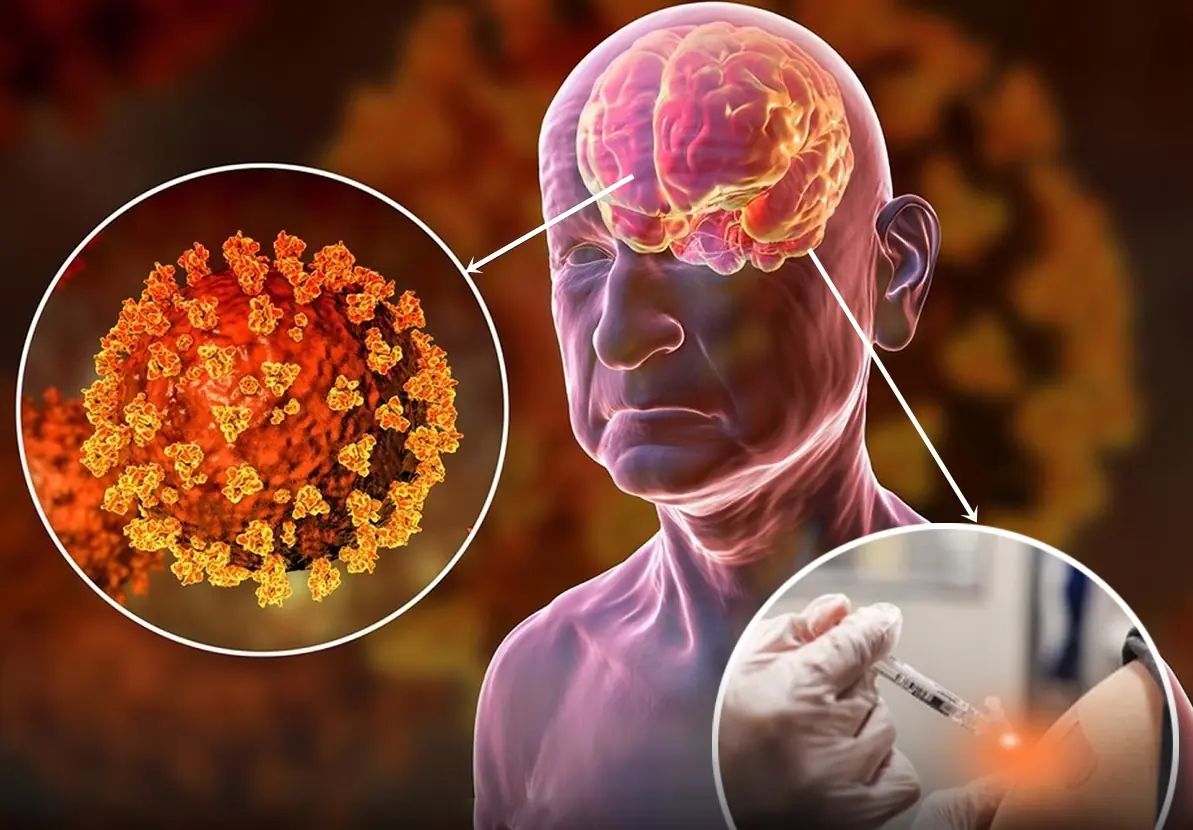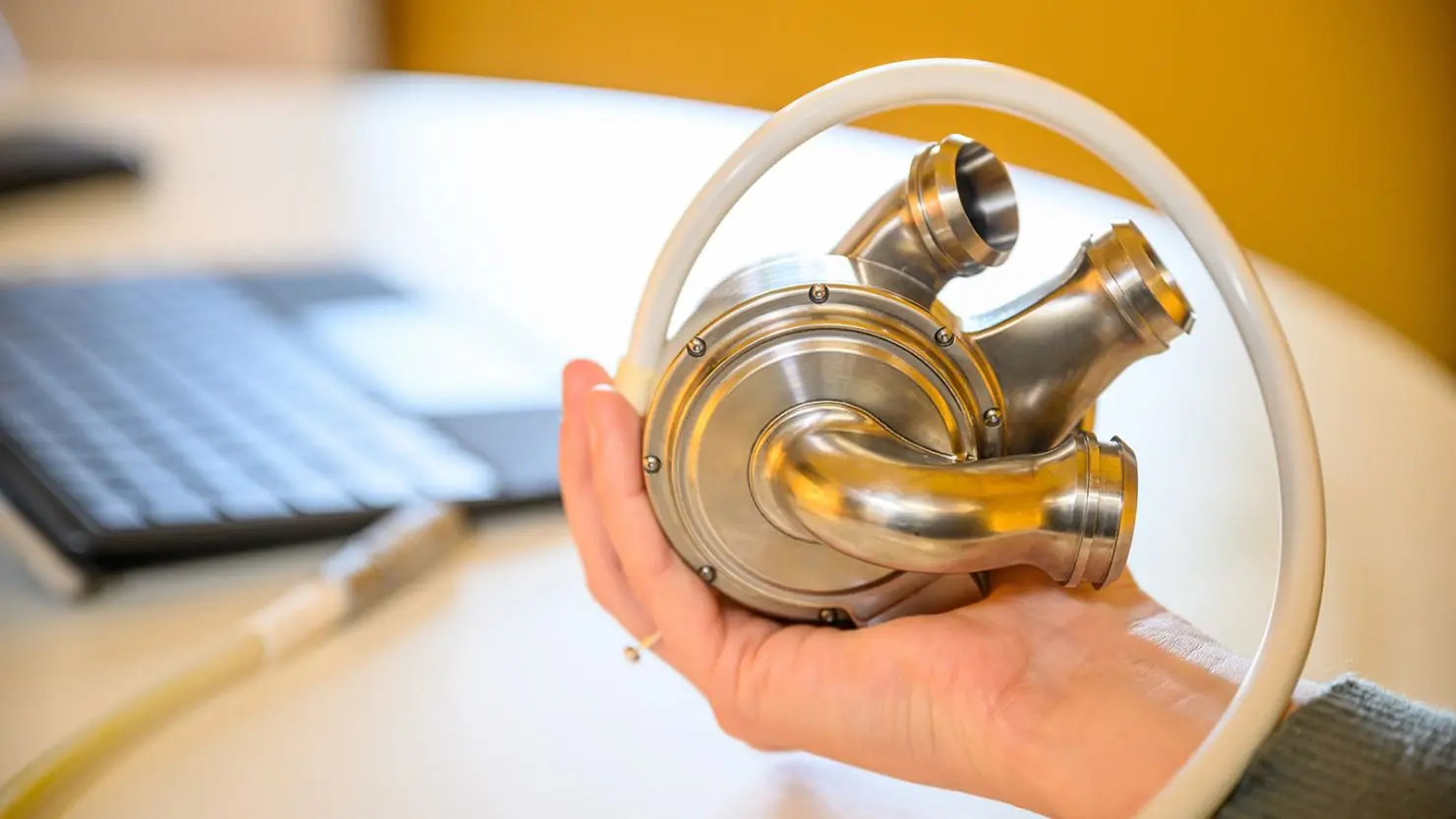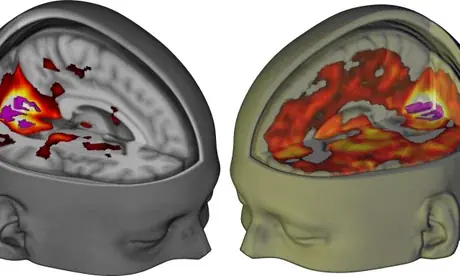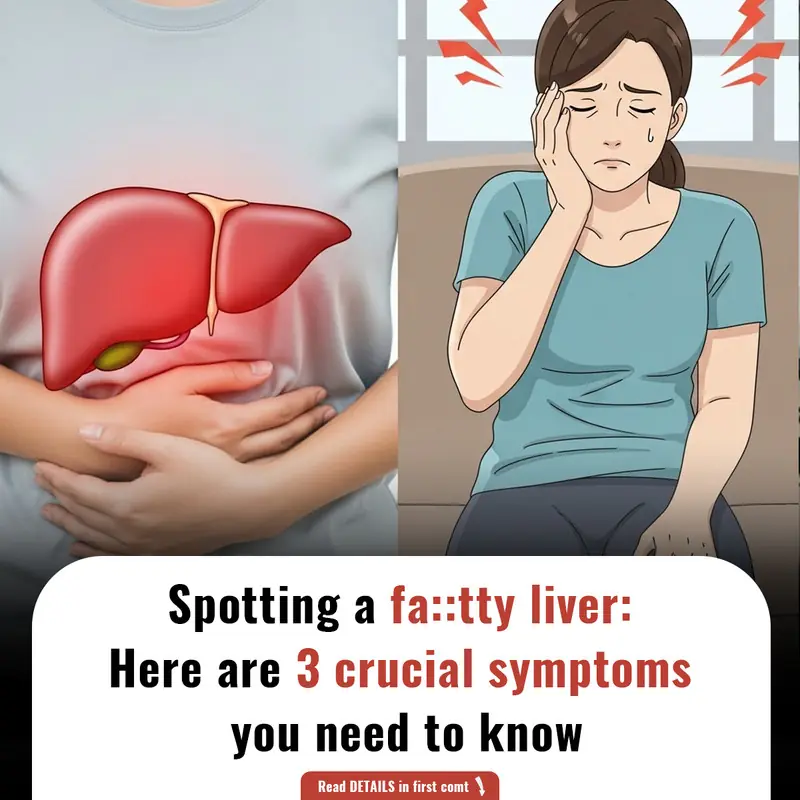Bladder cancer occurs when cancer cells form in the bladder tissues and is more common in males over 55. While blood in urine is often the first and most significant symptom, there are other subtle symptoms that can easily be overlooked. Here are five sym

Frequent Urination:One of the early indicators of bladder cancer is frequent urination. You may notice that you're visiting the restroom more often than usual (even if your fluid intake hasn’t increased) or that you suddenly feel a strong urge to urinate, even when your bladder isn’t full (making it hard to hold it in). This symptom is often confused with a urinary tract infection (UTI) or an overactive bladder, so it can easily be overlooked as a potential sign of cancer.
If these changes persist over several weeks or are accompanied by other symptoms, it's crucial to seek medical advice, as this could point to inflammation or growths inside the bladder that require attention.
Pain or Burning Sensation During Urination:
A burning sensation or pain during urination is another symptom that people may attribute to common conditions like UTIs. However, bladder cancer can cause inflammation or irritation of the bladder lining, which leads to discomfort when urinating.
Unlike typical UTIs, which generally respond well to antibiotics, pain linked to bladder cancer may persist or return after some time. If you experience painful urination alongside other symptoms, such as blood in the urine or frequent urination, it's important to consult a doctor.
Urgency to Urinate, but No Relief:
Bladder cancer can also trigger a feeling of needing to urinate immediately, even if your bladder is nearly empty. This sensation can be frustrating because it doesn’t go away after you use the bathroom. It is often mistaken for a UTI since both conditions cause a similar feeling.
This occurs when tumors or abnormal growths in the bladder irritate nerves or reduce the bladder's capacity, sending false signals to the brain. If this feeling persists or worsens, it’s important to have it checked as it may be a sign of bladder abnormalities, including cancer.
Lower Back or Pelvic Pain:
In the early stages of bladder cancer, pain may not be noticeable. However, as the disease advances, you may experience persistent or dull aching in the lower back or pelvic region. This discomfort can often be mistaken for muscle strain or other common issues.
Pain in these areas could indicate that the cancer has spread into the bladder wall or surrounding tissues. If you experience unexplained lower back or pelvic pain along with urinary symptoms, it’s important not to ignore these signs.
Changes in Urine Color:
While visible blood in the urine is a common symptom, sometimes the urine might appear normal but still contain small amounts of blood that are only detectable through lab tests. This is called microscopic hematuria and can result in urine that looks slightly off-color, rather than being distinctly pink or red.
Since there is no obvious sign like red or pink urine, microscopic blood in the urine is often unnoticed unless a urine test is conducted for another reason. If you have risk factors such as smoking, exposure to harmful chemicals, or a family history of bladder cancer, regular urine tests can help catch these subtle signs early.
Sources:
Mayo Clinic, Cleveland Clinic, National Cancer Institute






























